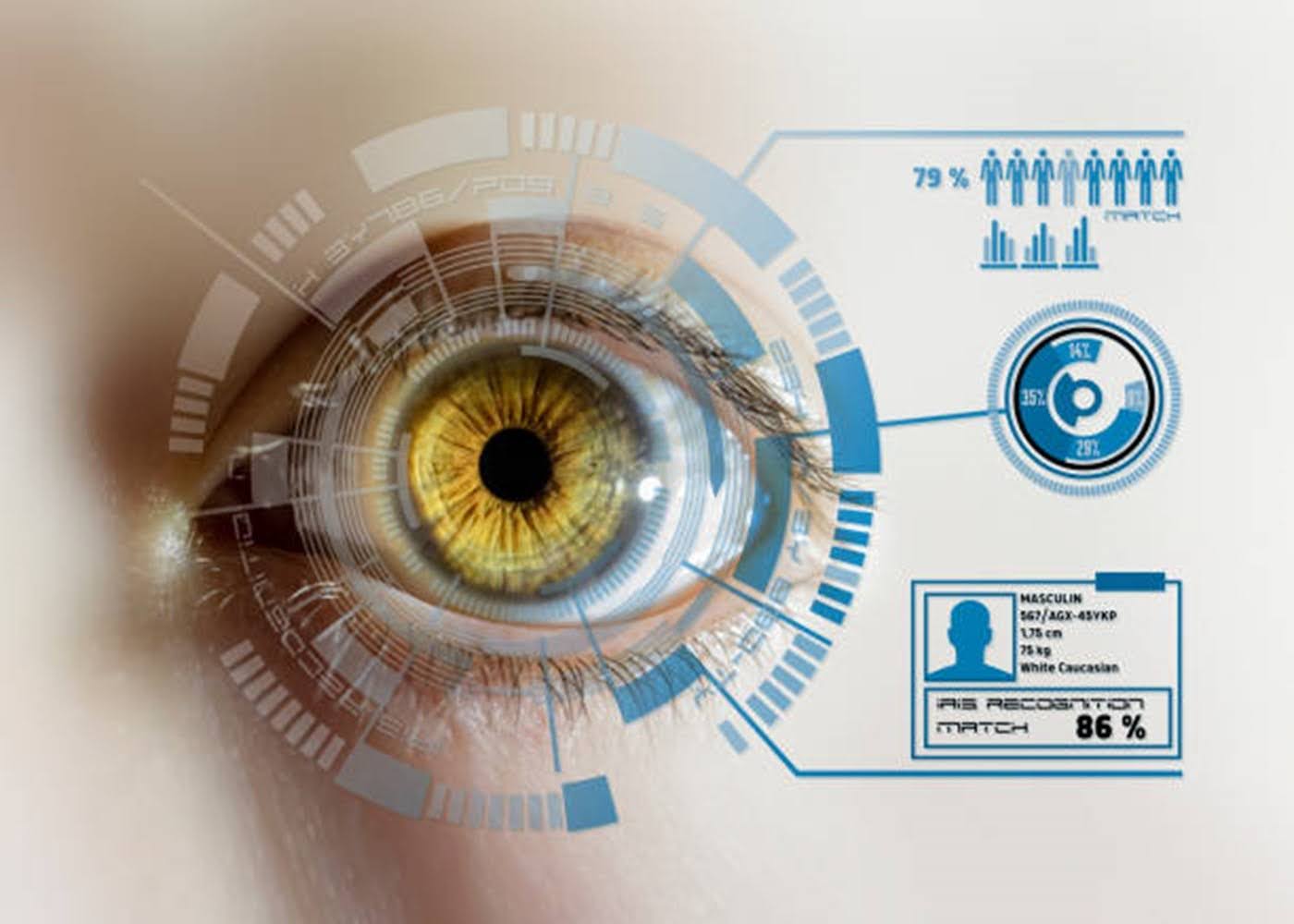Is Iris Scan the Future of Secure Access and Accurate Authentication?

The increasing reliance on digital interactions and accessing services online stresses the need to develop robust security measures. Moreover, ensuring the integrity of confidential information and secure authentications is crucial, as the potential risks of fraudulent activities are surging significantly. Using passwords and PINs for ID verification has become outdated because users prefer a process that is convenient and easily accessible. Furthermore, these traditional methods of ID verification are not very reliable as they are prone to spoofing or replications. Biometric authentication including fingerprint scanning and facial recognition are secure alternatives to traditional ID verification, but these methods have limitations too. Iris scan, an ocular-based biometric authentication method, is deemed a highly reliable and secure access choice for ID verification.
Iris Recognition: Where Biological Intricacies Meet Technology
Iris recognition technology authenticates individuals by analyzing their unique and distinct iris patterns. Each human eye contains a colored-globular portion surrounding the pupil which controls the amount of light entering the retina. Owing to the peculiarity and resistance to spoofing, iris matching is considered a suitable choice for secure access to services and accurate authentication of individuals.
The proposal got less attention due to technical limitations. Considering the idea, John Daugman, a professor at Cambridge University, developed an iris-matching algorithm and set up fundamentals for verifying individuals based on their distinct iris patterns.
Unique Features of Iris Recognition
Iris verification is extensively employed by many industries globally including law enforcement, immigration control, financial institutions, and access control, attributed to the speed and accuracy of this biometric authentication method.
- A false acceptance rate as low as one in 1.2 million indicates high accuracy and efficiency of iris matching. It stands as an exceptional biometric authentication method, that verifies genuine individuals and wards off spoofed attempts.
- Iris patterns occur in three most common forms including pigmented rings, crypts, and furrows having rich, and complex structures, making it impossible for malicious actors with unethical intentions to replicate or steal such minute details.
- Iris verification offers contactless and non-invasive authentication and doesn’t necessarily require individuals to come in contact with the systems and verify their identity by capturing & evaluating iris patterns.
- Iris scan can work in low light or even in the dark, as it uses infrared light to precisely capture the iris patterns of the users for better authentication.
- Identical twins possess distinctive iris patterns even both eyes carry varying iris structures, accurately discerning between individuals.
Potential Applications of Iris Matching
Iris identification has great potential to be employed by many industries due to the accuracy. Whether it’s a business or online service provider, security and user convenience are top priorities. Iris identification efficiently aligns with expectations and offers enhanced security with improved user satisfaction
- Securing Digital Accounts
The increasing reliance on digital interactions emphasizes the need for developing robust security measures that effectively filter out who’s accessing services. Financial institutions, healthcare providers, educational institutes, e-commerce, or social media platforms can employ iris verification to ensure that only authorized individuals are granted access to services. Moreover, iris detection ensures that genuine individuals are logging into accounts and spoofed attempts are actively warded off.
- Immigration Control & Border Security
Thousands of people travel across the world daily, and manual onboarding and verification of physical ID documents get tiresome for both travelers and staff. Employing iris verification at airports could expedite the onboarding and immigration process, enhancing security and flagging spoofed attempts. Furthermore, it reduces the waiting time and improves the travel journey for travelers.
- Law Enforcement
Iris recognition can empower law enforcement to identify and apprehend potential criminals in real time, resolving complex cases swiftly. Matching iris scans against government databases can help in the swift identification of criminals or locate missing persons, leading to a quick criminal investigation and early detection of suspicious activities.
- Access Control
Buildings requiring high security can employ iris verification to allow secure access to authorized individuals by accurately scanning. Their unique iris patterns and ward off unauthorized access in real time, offering enhanced security.
Way Forward
Iris recognition technology has the potential for widespread adoption. Due to high accuracy and speed, however, some privacy concerns and challenges are limiting its applications. Cost limitations and lack of iris detection devices are the biggest hurdles. It’s easy to integrate iris recognition technology into existing infrastructure but it requires high cost. Making technology easily accessible and addressing cost constraints could offer promising applications. Continuous developments are in progress to mitigate the associated challenges and enable the extensive deployment of iris detection. As iris recognition has the potential to secure the position of future authentication, offering enhanced security and high accuracy.
Visit thinkbomal for more.



